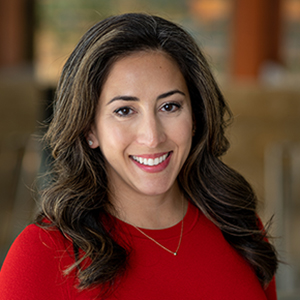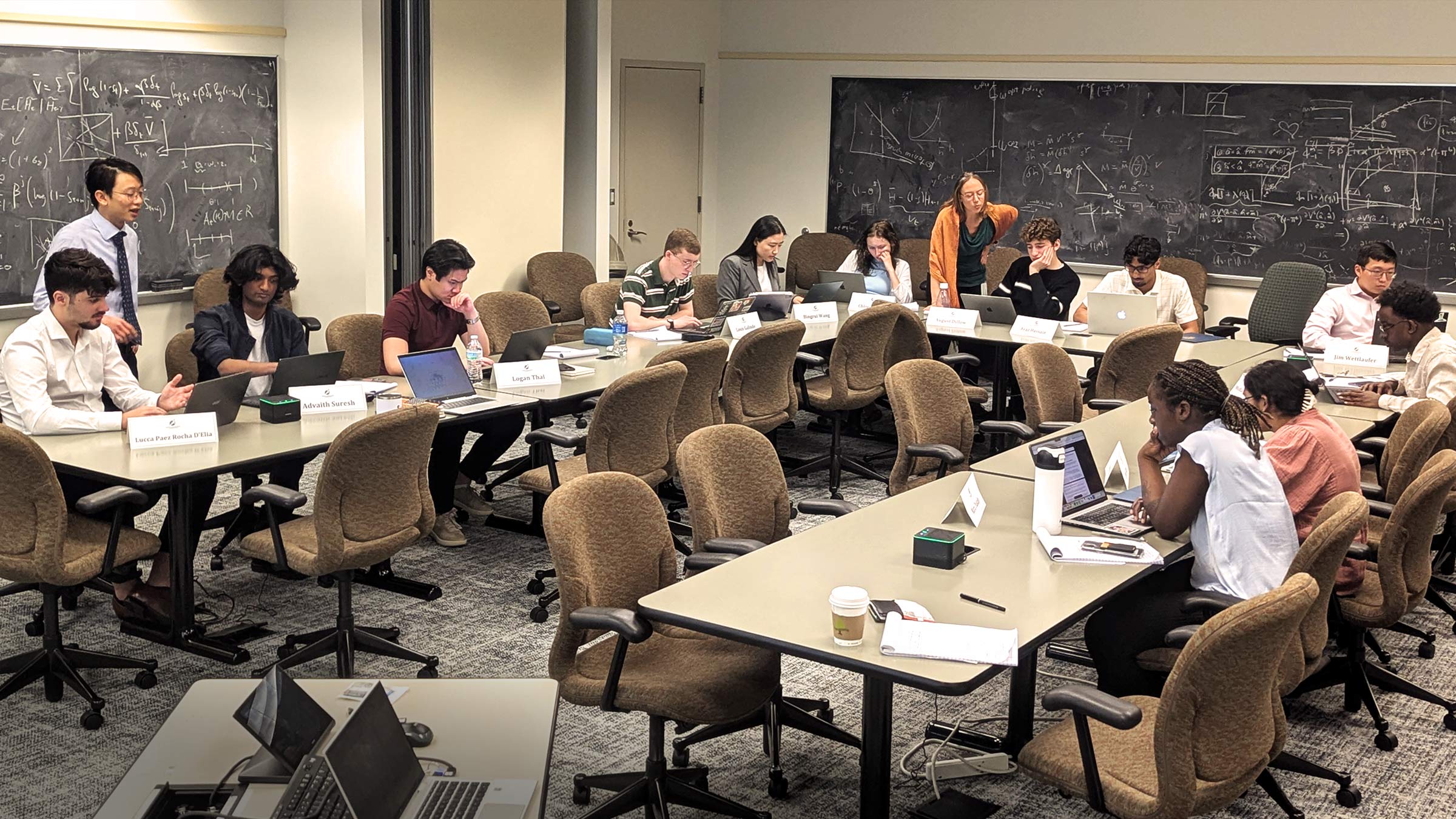Regional and economic diversity have long been essential to the Minneapolis Fed in its role representing the Ninth District—as each provides a diversity of ideas. Workplace diversity and an inclusive community serve the same purpose and are equally as important to the Bank’s vitality.
One goal of the Minneapolis Fed—thought leadership—would not be within reach without a varied set of perspectives and an environment where everyone’s voice is heard. “We want to be a thought leader across all of our operations and activities. That means we seek operational excellence and innovation, make major contributions to public policy and engage effectively with the public,” said Ron Feldman, first vice president and COO. “There is no way we can achieve our overriding goal of thought leadership without a diverse workforce operating in an inclusive environment.”
The Minneapolis Fed has worked to foster a diverse and inclusive workplace through recruitment efforts, training for staff and bankwide cultural awareness events, among other activities. These efforts, supported by Human Resources, are complemented by the Bank’s Office of Minority and Women Inclusion, which is charged with “developing standards and procedures to ensure inclusion of minorities, women, and minority-owned and women-owned businesses in all activities of the Bank.” OMWI also has an outreach function, hosting financial literacy and mentorship programs for students in underserved communities.
OMWI recently released its 2017 Annual Report to Congress, which details the Bank’s workforce representation and supplier diversity data. Regular data gathering around the entirety of these efforts is important to understanding how the Bank is doing in pursuit of its goals. The report gives senior management metrics to consider as they continue to advance an inclusive workplace and support outreach to diverse communities.
Growing a diverse workforce
Attracting and retaining a diverse workforce is an integral piece of the Bank’s mandate to represent the Ninth District. “One of our goals is we want our employee population to reflect the diversity of the community in which we serve,” said Michael Garrett, senior vice president of Human Resources and Inclusion. “We’re trying to make sure we’re representative at every level of the organization.”
The Minneapolis Fed is headquartered in the Twin Cities. The Bank recruits within a commutable distance for most positions, and metro area demographics provide a key metric for comparison (Chart 1). While a majority of metro residents and Bank staff identify as white, Bank minority staffing figures mirrored the Minneapolis-St. Paul area population by ethnicity, and external hires were even more diverse than the region’s residents in 2017 (Chart 2).
While certain jobs at the Minneapolis Fed attract candidates from across the country, many positions earn local or regional notice. Recruiters in the Bank’s Human Resources department cast wide nets to increasingly diversify candidate pools, and their recruitment efforts often focus on “passive recruiting”: staying in touch with qualified professionals who are not technically on the job market. Many of these contacts are made through networking with minority professional associations, such as Prospanica and the National Black MBA Association.
Once candidates are selected to interview for a particular job, interview panels are assembled to ensure that a diversity of views is brought to all hiring decisions. Panels are assembled from across departments and seniority levels; multiple perspectives ultimately give hiring managers a deeper understanding of candidate competencies than if they had just interviewed the candidate themselves.
Supporting inclusion
An inclusive work environment is key to recruiting and retaining a variety of people for a variety of roles. In support of inclusivity, the Bank added “inclusion” to its core values and recently introduced Employee Resource Networks (ERNs), employee-led groups formed around common backgrounds and experiences. For employees, ERNs provide opportunities to develop cultural awareness, build networks, and reach professional or personal goals. Each ERN is sponsored by a senior manager; through this relationship, employees are given a space to share their experiences and insight with Bank executives.
The first ERN created at the Bank is WISE, Women’s Initiative Seeking Excellence, which was established for employees interested in pursuing “professional and leadership development opportunities” for women of color. Members of WISE meet monthly to discuss career obstacles and professional issues, as well as identify mentorship, collaboration and networking opportunities.
Ainsley Hargest, Bank employee and member of WISE, said the group is as enthusiastic about professional development as it is about building a strong sense of community, regardless of seniority or job title. Bank executives offer open dialogue and support to members and have solicited feedback. “For me, it’s created a stronger sense of connection to the Bank … [and given me] confidence in engaging with leaders in a different way,” said Hargest.
Mentoring students
Bank outreach efforts are not limited to identifying today’s job candidates. Supported by OMWI and Human Resources, the economic education effort targeting high school students enrolled in what are called “OMWI schools” is designed to lay a strong foundation of personal finance literacy and to encourage students to pursue careers in financial services. OMWI schools are “inner-city, all female, majority-minority, and/or low- and moderate-income” and located in the Ninth District.
One OMWI school, Como Park Senior High School, has had a long and successful relationship with the Minneapolis Fed through its Academy of Finance. Kris Somerville, Academy of Finance coordinator, said the program enrolled 60 students in 2017, and the partnership provides an extra dimension to the curriculum. “[The students] need professionals in their lives,” explained Somerville. “They need to be able to go to a place like the Federal Reserve and picture themselves there.” Too often, Somerville pointed out, the concern is about the type of work students or interns will be asked to do, when really “it’s about being in the building talking to professionals … [that gives them] a step up.”
Moving forward
While there is progress to be made and ongoing challenges to face, the Minneapolis Fed continues to work toward an increasingly diverse workforce, inclusive workplace, and engaged and educated community. Transparency—a common thread in many aspects of the Bank’s work—is essential to building relationships and maintaining the trust of the community it serves, both internally and externally.
Garrett boiled it down to a single concept: “Diversity and inclusion really is about management—good management. It shouldn’t be divorced from overall best practices, especially as it relates to growing and developing people. We want to make sure it’s immersed in the fabric of who we are.”
To read more about the diversity and inclusion work being done at the Minneapolis Fed, see the 2017 OMWI report.
Alyssa Augustine oversees social media and digital engagement, leads the Bank's content strategy, and manages media relations for President Neel Kashkari and other Bank leaders. An experienced TV journalist, Alyssa also contributes articles to the Bank's website and publications.




